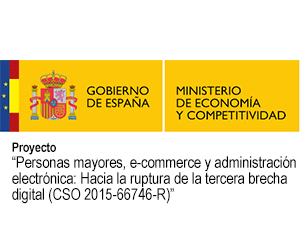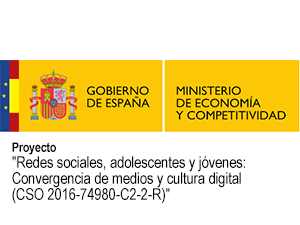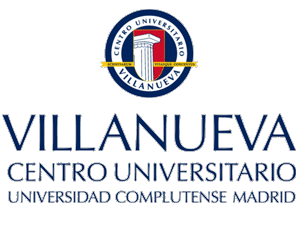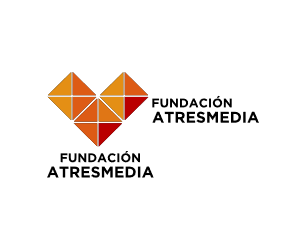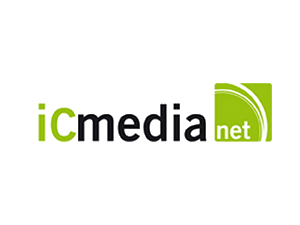Resumen
Cada discurso se entrelaza en una compleja red de otros discursos, instituciones, prácticas de poder y producción simbólica cuya importancia es decisiva en la configuración de lo social. El cuerpo de dichos discursos es el objeto de esta propuesta que reflexiona sobre el carácter mediador de la tipografía y ejemplifica, con el uso de los caracteres góticos durante el nazismo y previamente la lucha entre caracteres góticos frente a romanos en el Renacimiento, la operación cultural de las formas de visualización en la era digital. El impacto de las tecnologías de la información afecta la construcción del imaginario moderno, con el que la modernidad justifica su propia dinámica, su trama cultural y cognitiva, su formación histórica. La tipografía es un elemento central de ese imaginario contemporáneo y, en tanto signo, se convierte en el escenario de la lucha entre diferentes definiciones y significados: una lucha por la posesión del signo que se extiende hasta las áreas más triviales de la vida cotidiana. Es por eso que el tipo grita. El hecho de que se asocie cierto contenido a un signo, entendiendo que el signo es a su vez forma y contenido, implica el esfuerzo de explicar el funcionamiento de los elementos de la significación: presencia, intención y motivación, en la consideración barthesiana. Esta reflexión permite concluir que la realidad visual no es innata ni inevitable, todo lo que vemos puede adoptar una forma distinta, por lo que detrás de lo que se ve hay otras muchas posibilidades visibles que han sido rechazadas. Los motivos de la elección tipográfica -diálogo entre presencia y ausencia- nos habla de que la condición de lo visible es arbitraria y los modos de presentar lo existente y sus representaciones nunca son completos y obedecen a operaciones simbólicas de producción de sentido que producen lo social. Una de las cosas que hoy nos hace vulnerables es precisamente la naturalización de la tipografía como soporte, su concepción como mera forma significante. Esto encubre los procesos de sentido y la elección simbólica que se produce en cada selección tipográfica. Las relaciones entre forma y contenido han sido reflexionadas desde distintos puntos de vista a lo largo de la historia. Adoptamos aquí la perspectiva que entronca con el formalismo, el estructuralismo y la semiótica.
Palabras Clave / forma y contenido / imaginarios / mediación / Tipografía
Abstract
Each discourse is intertwined in a complex network of other discourses, institutions, power practices and symbolic production whose importance is decisive in the configuration of the social. The body of these discourses is the object of this proposal that reflects on the mediating character of typography and exemplifies with the use of Gothic characters during Nazism and previously the struggle between Gothic characters versus Romans in the Renaissance, the cultural operation of forms of visualization in the digital age. The impact of information technologies affects the construction of the modern imaginary, with which modernity justifies its own dynamics, its cultural and cognitive plot, its historical formation. Typography is a central element of that contemporary imaginary and, as a sign, it becomes the scene of the struggle between different definitions and meanings: a struggle for the possession of the sign that extends to the most trivial areas of daily life. That’s why the typo screams. The fact that a certain content is associated to a sign, understanding that the sign is in turn form and content, implies the effort to explain the functioning of the elements of meaning: presence, intention and motivation, in the barthesian consideration. This reflection allows us to conclude that the visual reality is not innate or inevitable, everything we see can take a different form, so behind what is seen there are many other visible possibilities that have been rejected. The reasons for the typographical choice -dialogue between presence and absence- tells us that the condition of the visible is arbitrary and the ways of presenting the existing and its representations are never complete and obey to symbolic operations of meaning production that produce the social. One of the things that makes us vulnerable today is precisely the naturalization of typography as a support, its conception as a mere signifying form. This conceals the processes of meaning and the symbolic choice that occurs in each typographical selection. The relationships between form and content have been reflected from different points of view throughout history. We adopt here the perspective that connects with formalism, structuralism and semiotics.
Keywords / form and content / imaginaries / mediation / Typography
FIRMANTES
| Nombre | Adscripción | Procedencia |
|---|---|---|
| Mª José Sánchez Leyva | Universidad Rey Juan Carlos | Madrid |
| Mario F. Benito Cabello | Universidad Rey Juan Carlos | Madrid |






